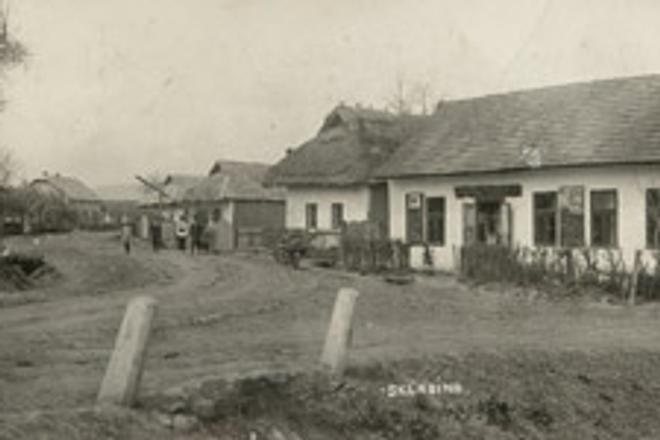THE TYPICAL thatch roof on the second house from the right in the village of Sklabiná is a sure sign that this village lies close to the Slovak-Hungarian border. The beam water well between the third and the fourth house on the right also indicates that we are in a southern-Slovak village.
This postcard shows Sklabiná in 1932, when its citizens suffered from such poverty that they organised an unemployment march to the nearby regional centre, Modrý Kameň.
This was not the first time the village experienced thorny times. The village suffered between 1554 and 1593, when it was occupied by the Ottomans. Then at the beginning of the 17th century, the occupiers damaged Sklabiná so much that it stopped existing for more than 50 years.
Sklabiná also is the birthplace of well-known Hungarian writer Kálmán Mikszáth.


